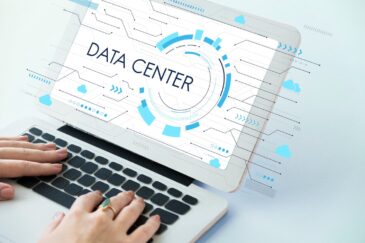5 Factors to Consider While Choosing a Data Visualization Tool

- October 3, 2022
- Jhansi Rani
- 0
Data visualization is a crucial part of data analytics that helps you visualize your data and uncover significant trends and patterns that would otherwise have been lost. Effective data visualization depends on your software as nobody has the time to code the visualizations themselves with loads of data involved in the process.
Let us talk deep on it. Here are the main specifics.
1. Dashboard Design
It is important to check on the right balance between the simplicity and complexity of a dashboard when it comes to enterprise reporting. While simpler designs may be easy to use, they may not be able to pack in much helpful information. However, complex dashboards could clutter your screen and make it difficult to understand the data right in front of your eyes. If you’re not an expert and don’t know much about dashboard design, know that the dashboard must have balanced colors naturally appealing to the eye. It is intuitive to have colorful highlights between appropriate white spaces. Too much white space could over-simplify the design, while too much color could affect usability. Modern tools like Oracle Visual Builder Cloud Service strike a balance between simplicity and complexity and avoid highly complex designs even if they could deliver much more information in a compact setting.
2. Use Case
3. Data Connectivity
4. Target Audience
Data visualizations often convey information to users who don’t fully understand the application or the process. They could include line-of-business users, external users, and other stakeholders. They only need access to the data relevant to their role in the organization. The ability of data visualization tools like Oracle VBCS to adapt according to the audience plays a key role. So, ensure the tool is specific to the target audience and provides role-based user access.
5. Functionality
Keeping the data visualization tool’s functionality aligned with your organization’s needs is crucial. Business leaders often consider going for the software packed with the most number of features or with greater functionality, when in reality, they only require a fraction of these capabilities. Not only does it increase complexity, but it also drives up costs and impacts your ability to use it for its true purpose. Ultimately, you’re left with too many features you don’t need and will never use. Focus on acquiring the functionality your organization truly needs instead of fancy features, and you can keep adding more functionality as your business grows. Oracle VBCS allows you to add features based on your evolving needs.

Services
Products
Company
Copyright © 2025 Rite Software Solutions & Services LLC. All rights reserved.



